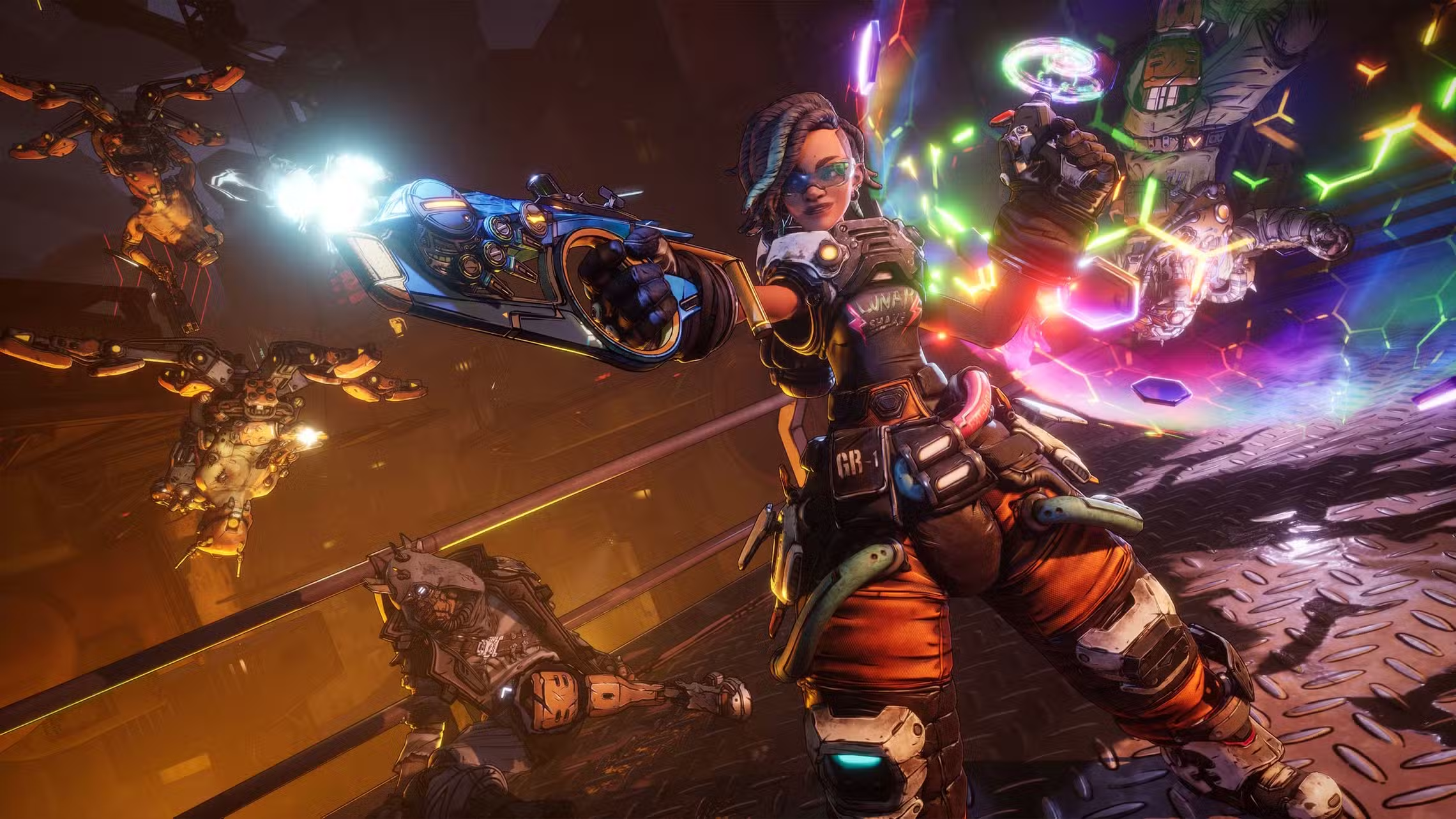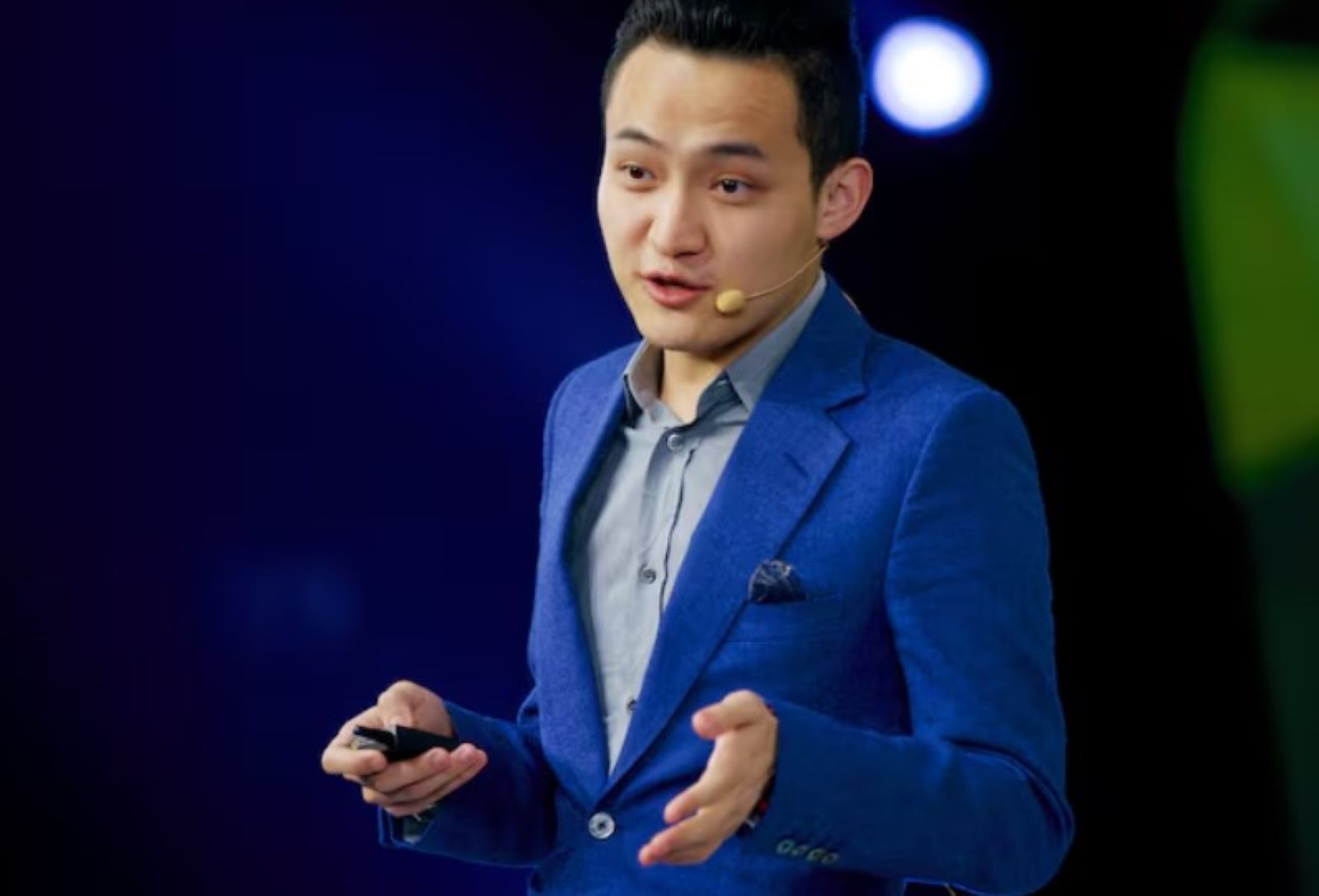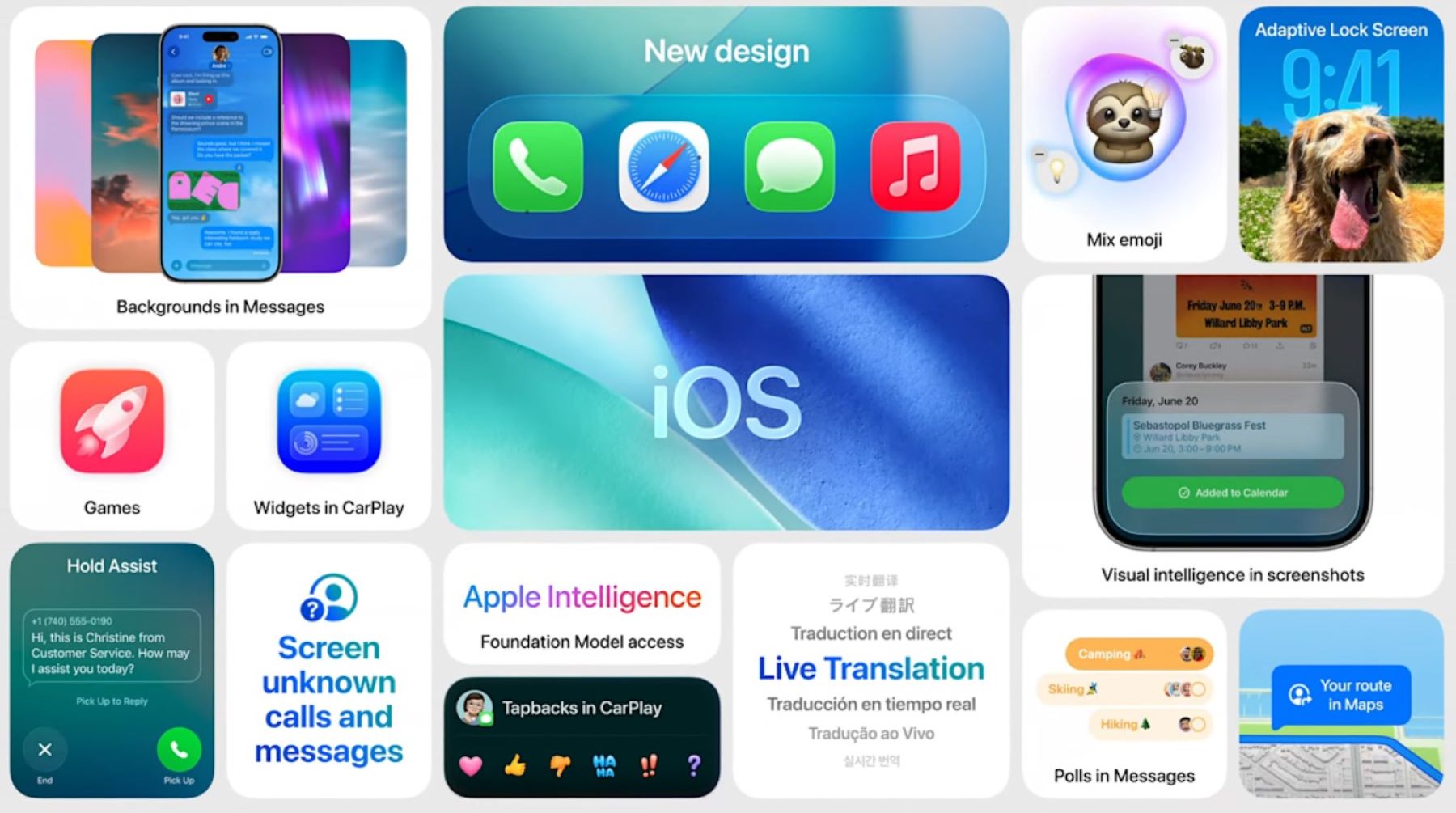The advent of AI-generated fashion models could revolutionize the fashion industry by introducing unprecedented levels of diversity and inclusion, although it also raises concerns about the potential reduction of human diversity in advertising. AI technologies, such as those developed by Lalaland.ai, are enabling brands to customize virtual models of varying ethnicities, ages, and body types, reflecting a broader consumer base without the extensive costs associated with traditional photoshoots.
Generative AI has the potential to substantially boost the fashion industry’s profits by as much as $275 billion over the next few years. This technological advancement extends beyond model generation, impacting areas like marketing, customer personalization, and streamlined product designs. Notably, platforms like Taji by Alibaba have allowed users to generate over 1.6 million AI-created images, demonstrating significant cost savings and the ability to quickly adapt to market demands.
Despite these advantages, the use of AI-generated models is not without controversy. Critics argue that while AI models can simulate diversity, they may simultaneously undercut genuine cultural representation by replacing real models from diverse backgrounds, potentially perpetuating existing biases under the guise of technological progress. This creates a paradox where AI contributes to both the solution and the perpetuation of the industry’s diversity issues.
The integration of AI in fashion also extends to 3D virtual clothing and AI fashion models, which not only facilitate the design process but also promote sustainability by reducing the waste typically associated with the production of physical samples. These technologies provide brands with the tools to rapidly respond to fashion trends and consumer preferences, which could significantly shorten production cycles and reduce inventory waste.
AI models offer a consistent brand image and flexibility in styling, overcoming the logistical challenges and costs associated with traditional model hiring. This includes savings on fees for models, photographers, and stylists, as well as more complex logistical arrangements like travel and venue bookings.
As AI-generated models become more prevalent, the fashion industry is poised at the edge of a transformative shift. The potential for increased diversity and inclusivity is vast, but it comes with the challenge of ensuring these digital creations do not undermine the value of real human diversity and the authentic representation of different cultures and identities. As such, the industry must navigate this new terrain with a balanced approach, promoting innovation while maintaining ethical standards in representation and employment.







